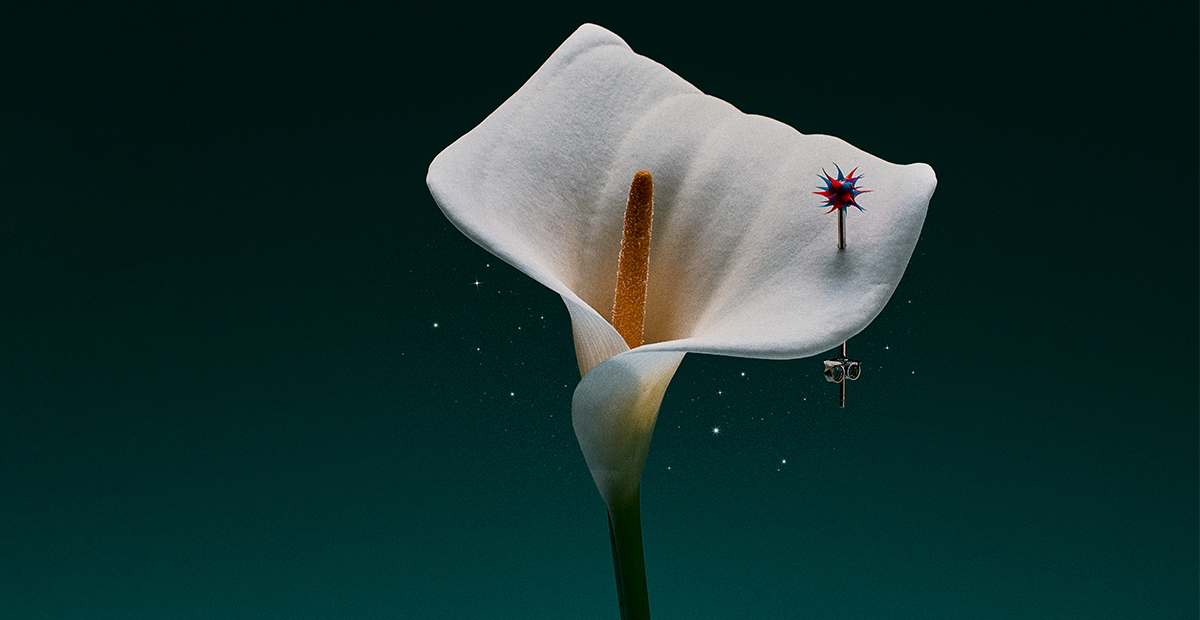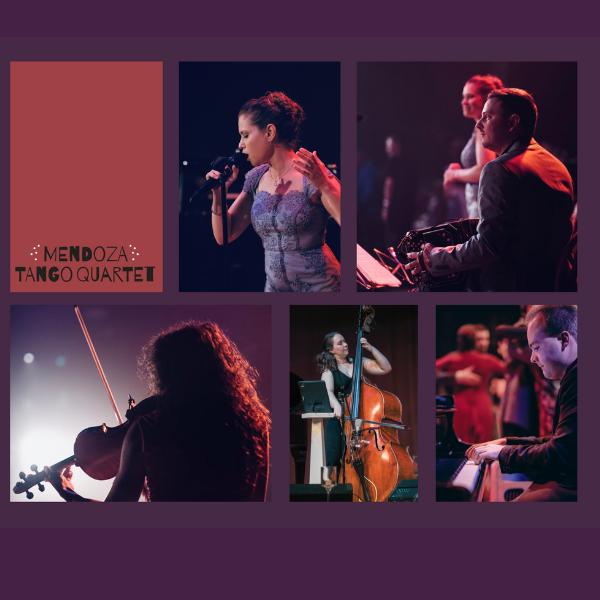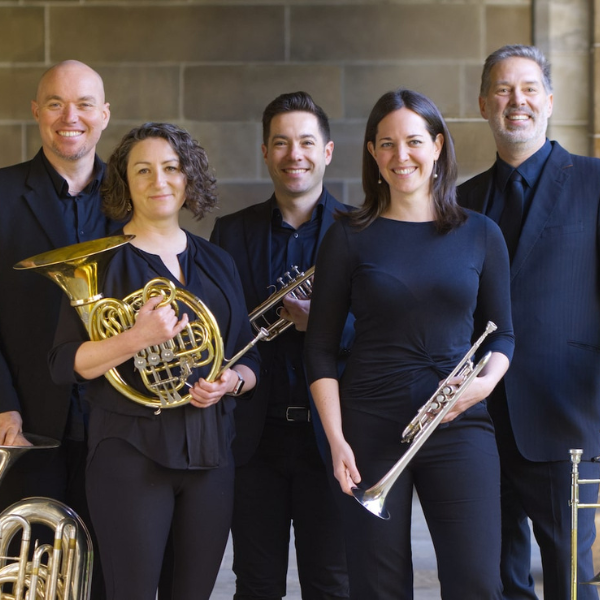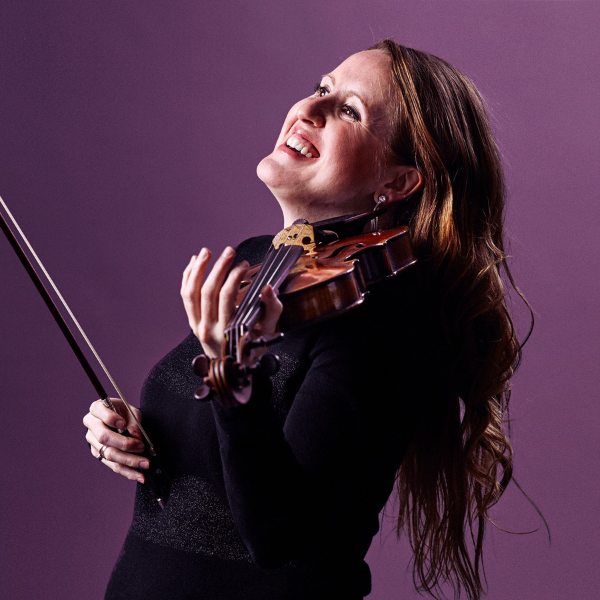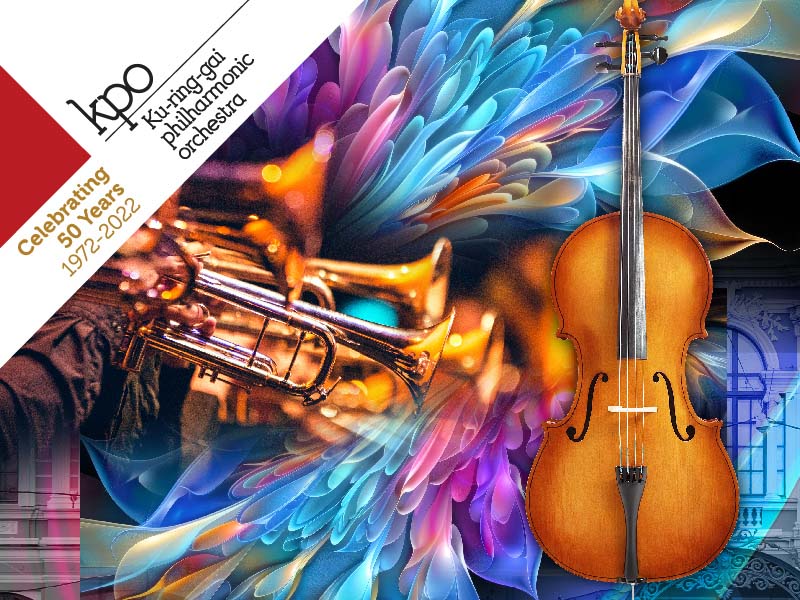Melbourne Digital Concert Hall – Hamer Hall Series
26 November 2020
For classical music lovers, one of the beacons of hope during the pandemic has been the Melbourne Digital Concert Hall (MDCH). The brainchild of Chris Howlett and Adele Schonhardt, for months now it has presented a mouth-watering array of live-streamed concerts offering home access to everyone, and much-needed performance work for players. In his introduction, Chris points out that over $800 000 has been distributed to the players, 350 of them. Astonishingly, some audience members have seen over 200 of these concerts. The MDCH has been justly showered with praise, and surely deserves a permanent place in Australia’s cultural calendar.
An MDCH favourite, violinist Wilma Smith has brought together a group of colleagues to present two Beethoven treats, the Piano Trio No 4 Op 11 and a chamber arrangement of Piano Concerto No 4. An empty Hamer Hall in Melbourne is a welcoming and familiar venue for the players.
The piano trio, pianist Andreas Boyde, cellist Molly Kadarauch and Smith herself, provides an arresting opening to proceedings with the allegro con brio, particularly with emphatic double octaves from the piano. The parts then settle to establish an instant balance between the sprightly agility of the violin, the sonorous depth of the cello and the clarity and apparent simplicity of the rolling lyricism of the piano. The second movement, an andante, is introduced by a lovely sonorous passage from the cello. This central movement had an attractive delicate dance-like quality.
Then the fun begins…
…as the final movement launches into a series of variations on a well-known tune of the time, a light-hearted ‘working’ song. This finale contains some of the composer’s most youthful and exuberant writing. It is a joy to listen to the various instrumental configurations and shifting moods in this delightful and witty movement. Here the audience can particularly appreciate the advantages that a filmed concert brings, with the ability to see the players and instruments in close-up shots as well as the subtle but effective communication between the players.
Wilma Smith’s comments to the watching audience in between the two works highlight another strength of the MDCH presentations: the intimacy and immediacy of the filmed concerts. Live performances in large venues don’t always allow for such connection between performers and audience, and it is good to see this series of concerts exploiting the advantages it has. The clear and informative program notes provided to participants also assist that process.
This short break also gives the pianist a chance to recharge the batteries before the major undertaking of the second item on the program, the chamber version of the fourth piano concerto. Wilma Smith refers to this arrangement as a ‘pandemic discovery’, as it has been seized upon by several groups at a time when full orchestras are not able to gather together for performances. For this piece the players are joined by violinist Harry Ward, and Caroline Henbest and Katie Yap on viola. The small size of the string orchestra allows major focus on the piano, and that is greatly enhanced by the wonderful use of the camera in capturing shots of Andreas Boyde’s flying hands as the piano emerges from the texture to establish mastery of the first movement. The cadenza in this allegro movement sees the pianist demonstrate some really magisterial solo work, with an engaging singing tone.
The andante second movement opens with low, declamatory passages from the strings before the piano leads the way in bringing out the probing, searching qualities of the movement. The movement ends with a showcase of virtuosity from the piano, which is both effective and affecting. Without pause, as if unable to contain the joy, the third movement breaks into a jaunty rondo, with many opportunities for the pianist to shine and exhibit strength, glorious tone and a sense of fun. The finale is thrilling, typical Beethoven with several moments of drawing back from a seeming ending, the greaterto emphasise the dominant, triumphant finish.
This fine performance further reinforces the concept that live-streamed events should remain as part of the musical landscape in Australia, as an adjunct to live presentations when they are fully restored.
Margaret Steinberger
(Hamer Hall photography: Teresa Noble, Arts Centre Melbourne)





